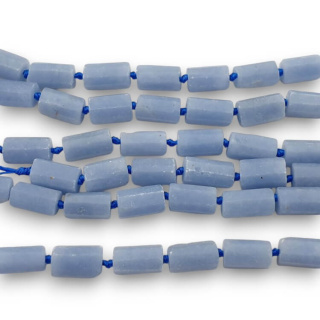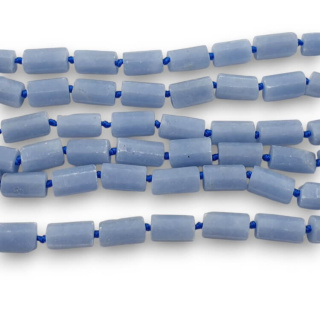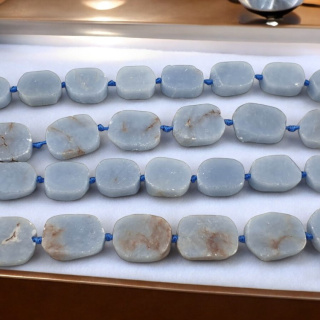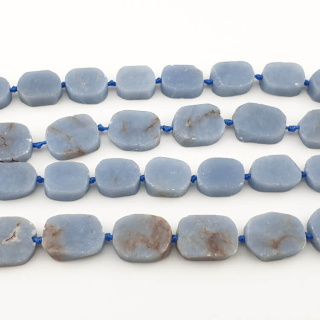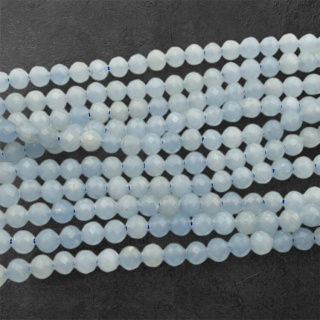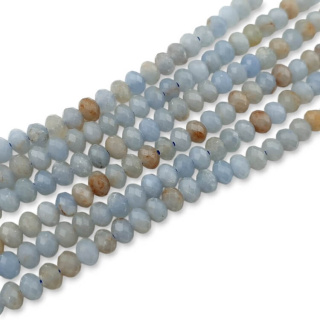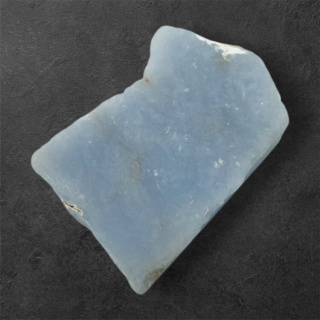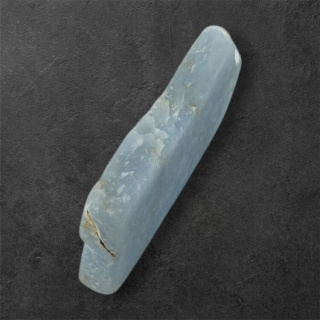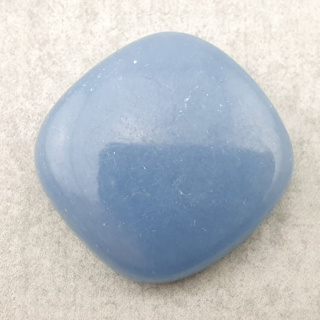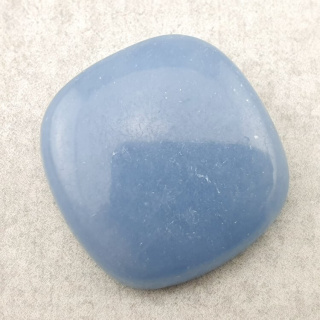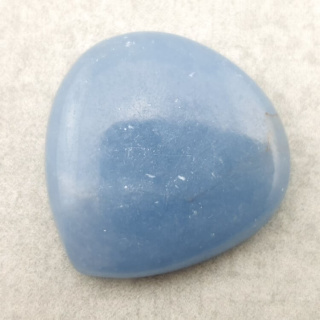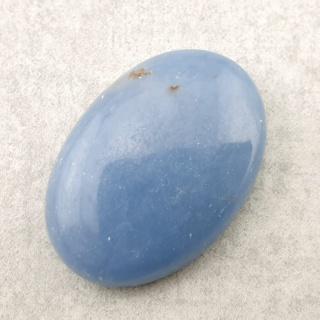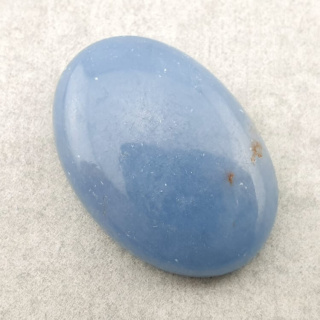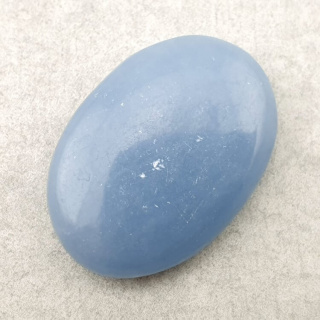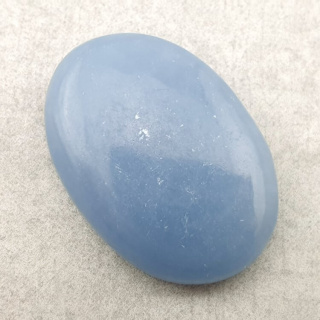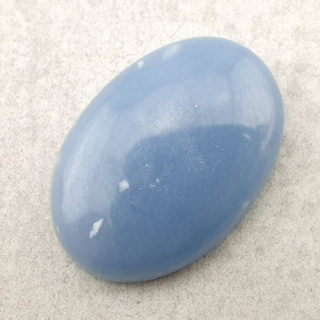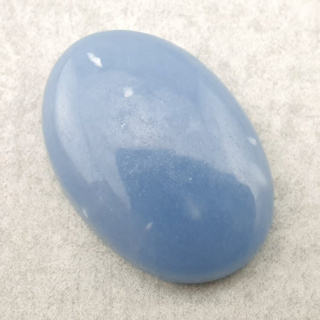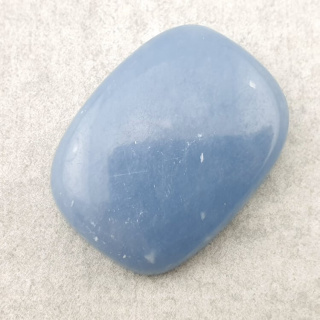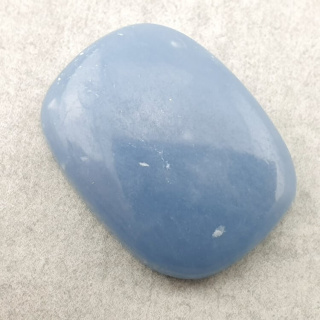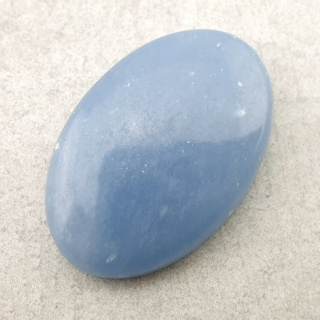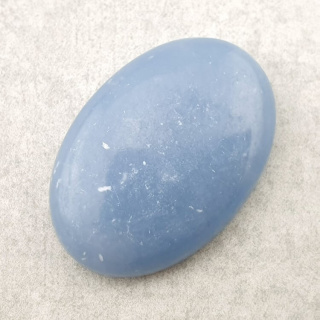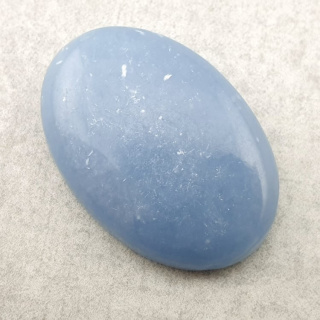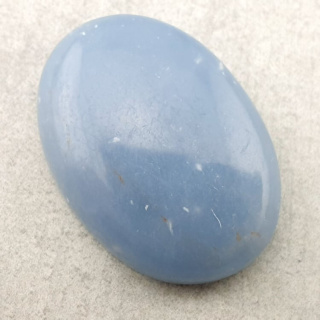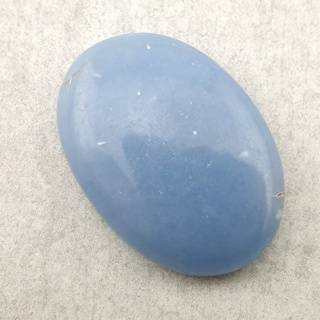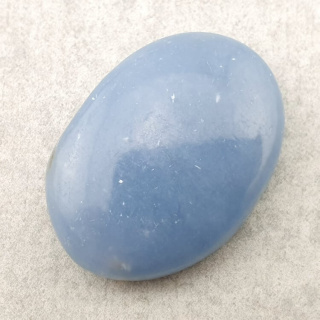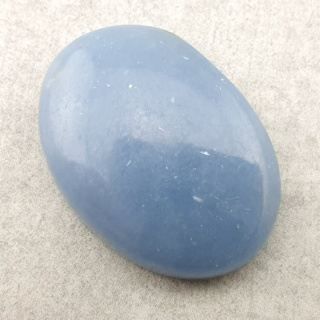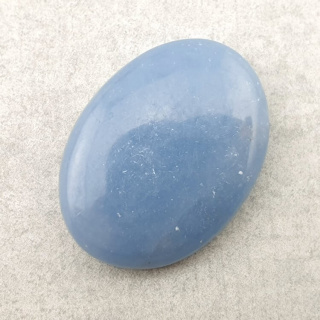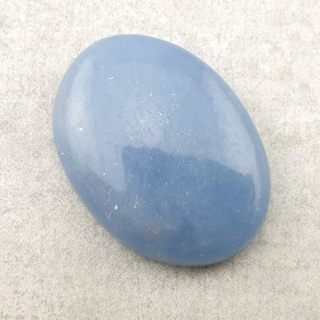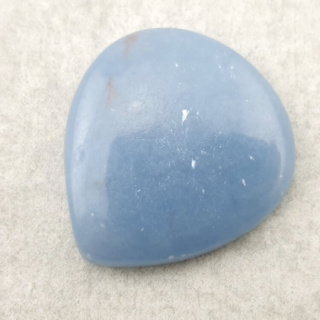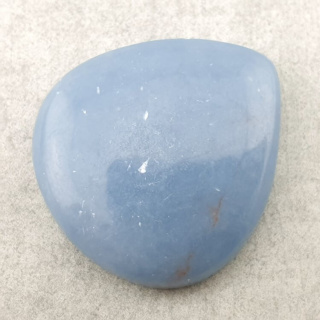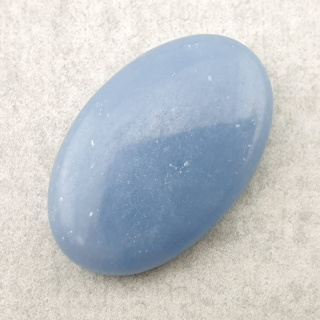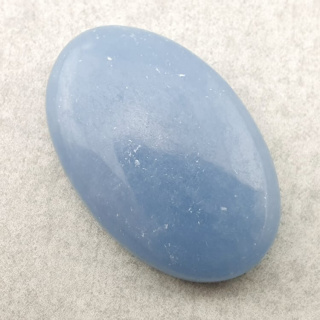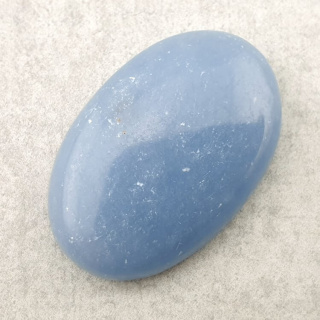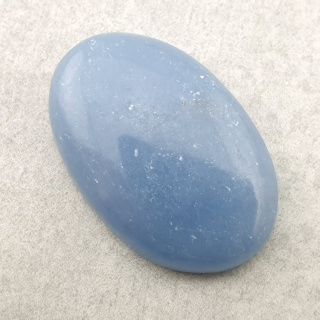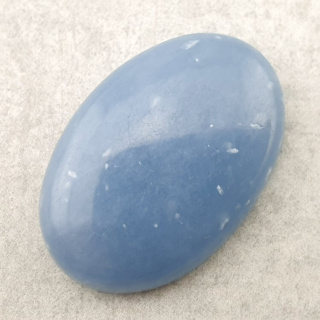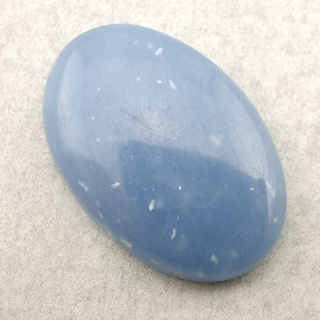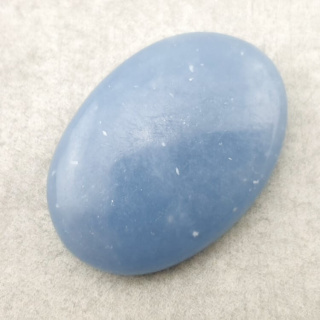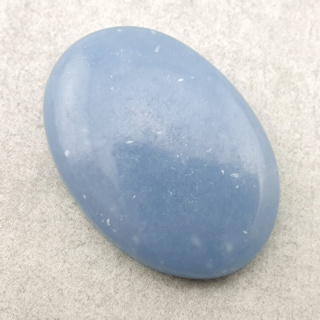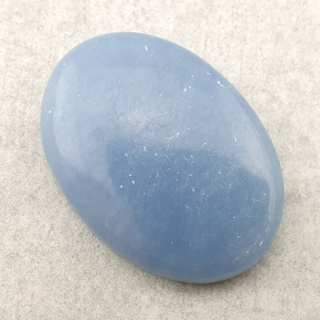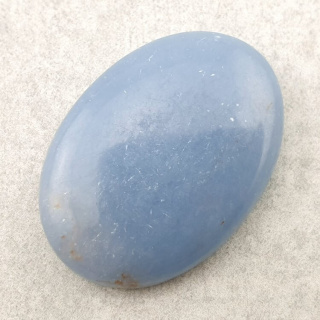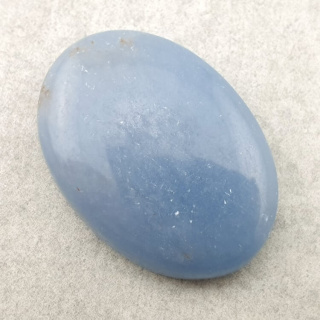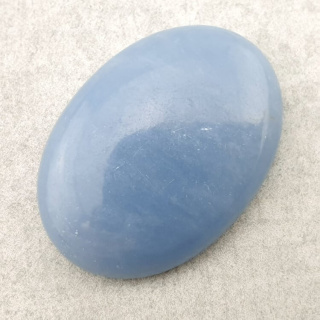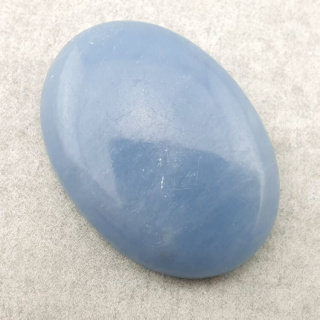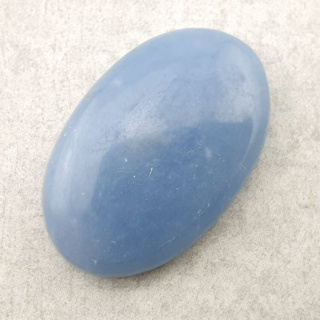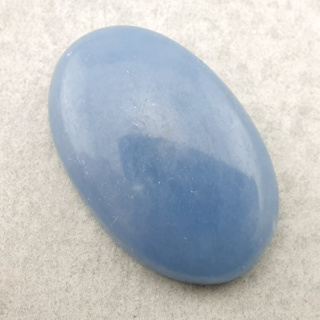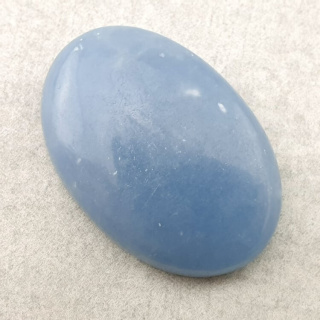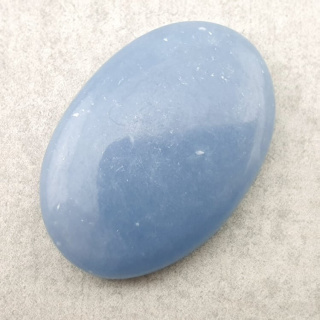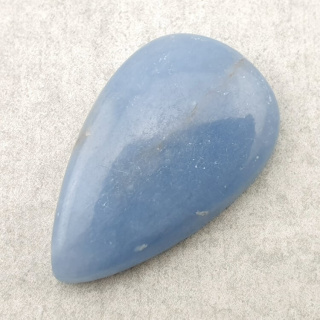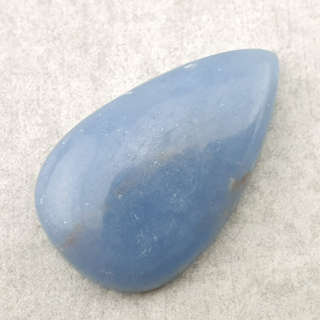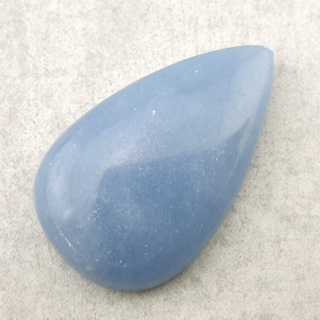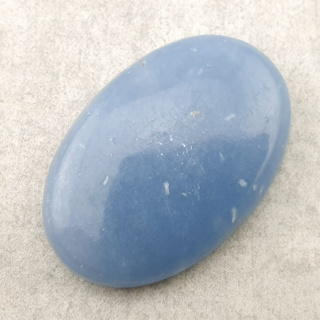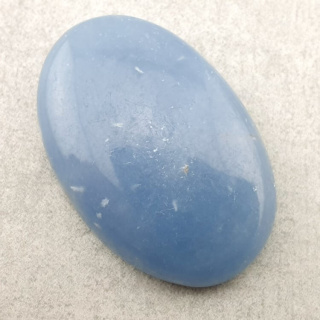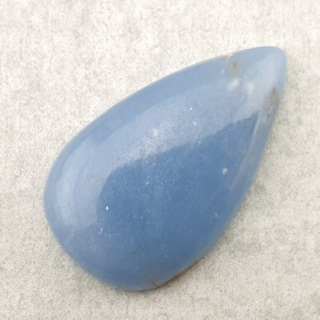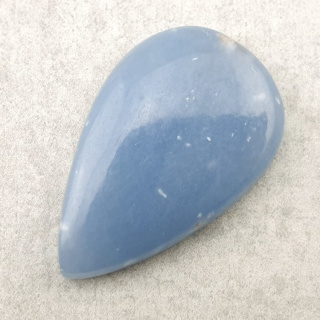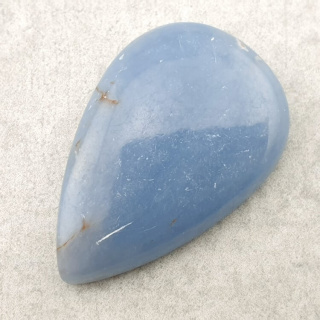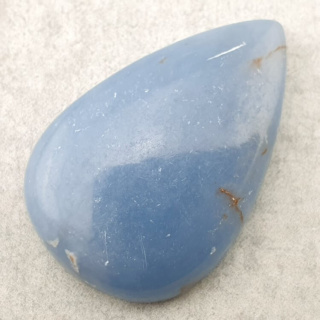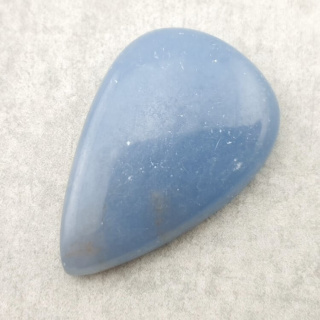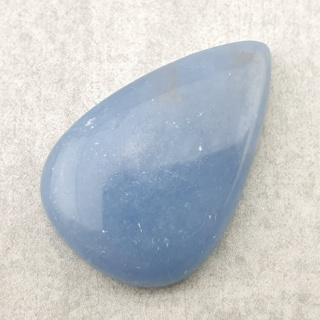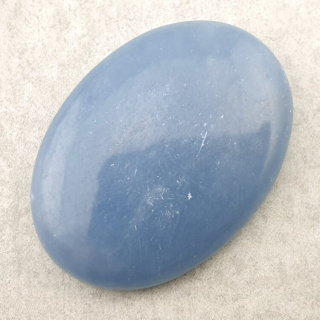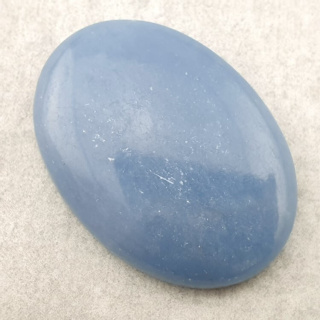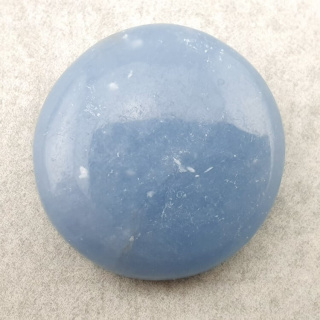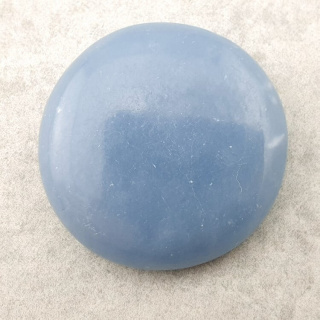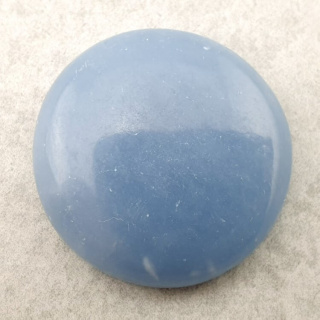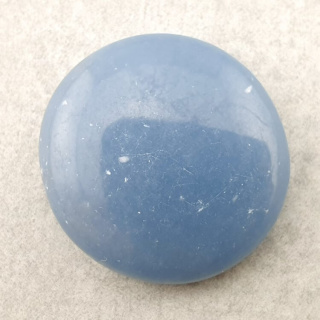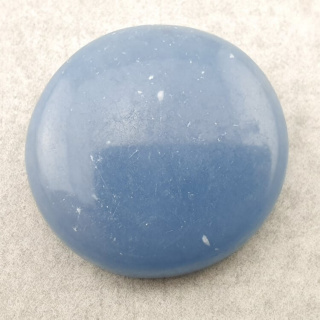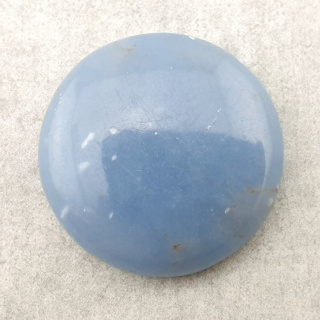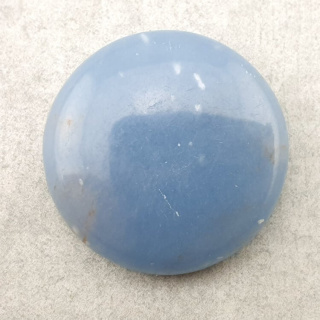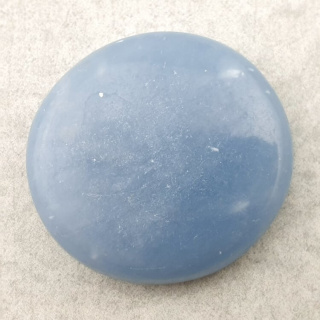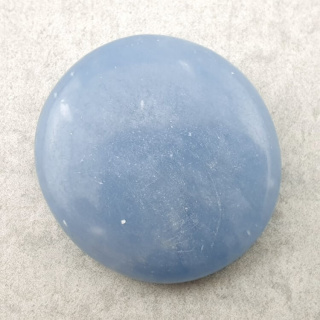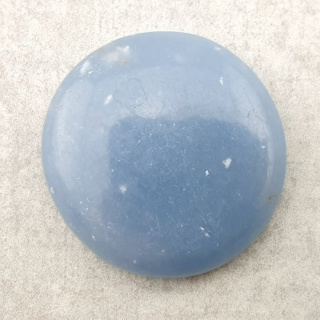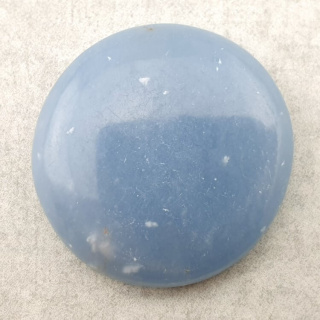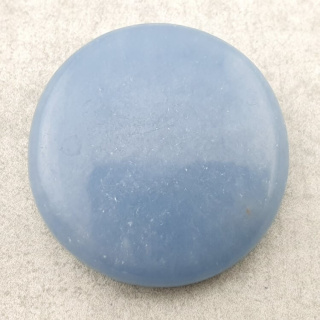Podsumowanie zamówienia
- ...
-
Kategorie
- Kamienie | Minerały
- Koraliki do biżuterii
- Półfabrykaty jubilerskie
- Kamienie syntetyczne
- Kamienie wg zodiaku
- Perły | Muszle
- Zawieszki
- Bransoletki
- Kryształki - Taśmy
- Kamienie A-F
- Kamienie G-K
- Kamienie L-O
-
Kamienie P-Z
- Perydot
- Pietersyt
- Piryt
- Prehnit
- Purpuryt
- Rodochrozyt
- Rodonit
- Rubin
- Selenit
- Septaria
- Serafinit
- Serafinit indyjski
- Serpentynit
- Skamieniałe drewno
- Skapolit kocie oko
- Skolecyt
- Sodalit
- Stichtyt
- Szatukit
- Szelit
- Szungit
- Tektyt
- Thulit
- Topaz
- Turkus tybetański
- Turmalin
- Tygrysie oko
- Tygrysie żelazo
- Unakit
- Waryscyt
- Wyprzedaż
- Okazje 💵
- Wyprzedaże 🛒
- Nowości💥
- Rabaty
- Dostawa
- Płatność
- Zwroty
- Kontakt
- Blog
- Kryształki - taśmy (sale -40%)
-
Kategorie
-
Perydot
-
Pietersyt
-
Piryt
-
Prehnit
-
Purpuryt
-
Rodochrozyt
-
Rodonit
-
Rubin
-
Selenit
-
Septaria
-
Serafinit
-
Serafinit indyjski
-
Serpentynit
-
Skamieniałe drewno
-
Skapolit kocie oko
-
Skolecyt
-
Sodalit
-
Stichtyt
-
Szatukit
-
Szelit
-
Szungit
-
Tektyt
-
Thulit
-
Topaz
-
Turkus tybetański
-
Turmalin
-
Tygrysie oko
-
Tygrysie żelazo
-
Unakit
-
Waryscyt
Kamienie P-Z -
- Okazje 💵
- Wyprzedaże 🛒
- Nowości💥
- Rabaty
- Dostawa
- Płatność
- Zwroty
- Kontakt
- Blog
- Kryształki - taśmy (sale -40%)
-
- Ulubione
-
-
Koszyk (0)Koszyk jest pustyDo bezpłatnej dostawy brakuje: -,--Darmowa dostawa!
Podsumowanie zamówienia
Suma 0 złCena uwzględnia rabaty
-
Angelit: Elegancja w niebieskim kamieniu - Odkryj tajemnice jego uroku
Liczba produktów: 44Co to jest angelit?
Angelit (znany też jako "niebieski anhydryt") to odmiana anhydrytu, minerału z grupy siarczanów o chemicznej formule CaSO₄ (w tym przypadku anhydryt zawierający domieszki, które nadają mu niebieski kolor). Anhydryt występuje w różnych kolorach, w zależności od obecności domieszek mineralnych.
Jaki jest skład chemiczny angelitu?
Angelit, znany również jako anhydryt, ma skład chemiczny podobny do innych minerałów z grupy siarczanów. Jego chemiczna formuła to CaSO₄, co oznacza, że składa się z wapnia (Ca), siarki (S) i tlenu (O). To jest ten sam skład chemiczny, co gips, ale struktura krystaliczna i inne warunki geologiczne prowadzą do różnic w właściwościach fizycznych między tymi dwoma minerałami. Angelit może również zawierać domieszki innych pierwiastków, co może wpływać na jego barwę i wygląd.
W jakich warunkach geologicznych najczęściej występuje angelit?
Angelit, czyli anhydryt, najczęściej występuje w warunkach geologicznych związanych z procesami osadzania się minerałów. Oto kilka warunków geologicznych, w których angelit często się tworzy:
- Sedymentacja morska: Angelit może powstawać w wyniku sedymentacji morskich osadów, gdzie sole i minerały rozpuszczone w wodzie morskiej wytrącają się, tworząc warstwy osadów. Pod wpływem czasu i ciśnienia powstają kryształy angelitu.
- Osady solne: W obszarach, gdzie występują osady solne, takie jak baseny solankowe, minerały, w tym angelit, mogą się formować w wyniku procesów osadniczych związanego z wydzielaniem się soli z wody.
- Hydrotermalne przemiany: W niektórych przypadkach angelit może powstawać w wyniku przemian hydrotermalnych, gdy woda niosąca substancje mineralne przenika przez skały i tworzy nowe kryształy w reakcjach chemicznych.
- Meteoryzacja gipsu: W miejscach, gdzie gips występuje, mogą zachodzić procesy meteoryzacji, podczas których gips przekształca się w anhydryt, w tym przypadku w angelit.
Te warunki geologiczne sprzyjają powstawaniu angelitu, a jego charakterystyczne kryształy mogą tworzyć się w różnych rodzajach skał, w tym w osadach morskich, skałach solnych czy w skałach wapiennych.
Jakie są fizyczne właściwości angelitu?
Właściwości fizyczne kamienia angelit obejmują kilka kluczowych aspektów:
- Barwa: Ma zazwyczaj niebieski kolor, choć może występować w różnych odcieniach niebieskiego, od jasnego błękitu do nieco bardziej intensywnego niebiesko-fioletowego.
- Twardość: Twardość angelitu mieści się w zakresie od około 3,5 do 4, co oznacza, że jest stosunkowo miękki w porównaniu do innych minerałów. Twardość mierzona jest w skali Mohsa.
- Połysk: Kamień ten ma jedwabisty połysk, co oznacza, że powierzchnia może wydawać się gładka i lekko połyskująca.
- Łupliwość: Naturalny angelit wykazuje jednokierunkową łupliwość, co oznacza, że można go łupać lub rozszczepiać na cienkie płaskie warstwy wzdłuż jednego kierunku.
- Gęstość: Gęstość wynosi około 2,9 g/cm³, co oznacza, że jest dość lekki w porównaniu do niektórych innych minerałów.
- Transparencja: Może być przezroczysty do półprzezroczystego, ale często występuje w postaci kryształów o zdecydowanej strukturze.
- Struktura krystaliczna: Ma strukturę krystaliczną podobną do innych minerałów siarczanowych, takich jak gips czy sól kamienne.
Warto zauważyć, że angelit to minerał stosunkowo delikatny, co oznacza, że może łatwo ulec zarysowaniom i uszkodzeniom, dlatego wymaga ostrożnej obróbki i przechowywania.
Czy angelit jest popularnym minerałem na świecie?
Angelit, czyli niebieski anhydryt, występuje na całym świecie, a główne złoża znajdują się w różnych regionach geologicznych. Niektóre z najważniejszych obszarów, gdzie można znaleźć złoża angelitu, to:
- Peru: Peru jest głównym krajem, w którym występują złoża niebieskiego angelitu. W Peru eksploatacja może obejmować zarówno złoża na powierzchni, jak i podziemne.
- Stany Zjednoczone: W USA angelit eksploatowany jest w stanie Luizjana.
- Polska: Polska jest jednym z krajów, gdzie można znaleźć złoża angelitu. Na przykład, w okolicach miejscowości Kamieńczyk w Polsce znajdują się złoża tego minerału.
Warto zaznaczyć, że eksploatacja i dostępność zasobów mogą ulegać zmianom w zależności od wielu czynników, takich jak zmieniające się trendy rynkowe, gospodarcze uwarunkowania czy nowe odkrycia geologiczne.
Czy angelit posiada znaczenie w praktykach ezoterycznych i duchowych? Jeśli tak, to jakie?
Tak, angelit jest często stosowany w praktykach ezoterycznych i duchowych, a ludzie wierzą, że ma pewne właściwości metafizyczne. Poniżej znajdują się niektóre z przypisywanych mu znaczeń w tych praktykach:
- Kontakt z aniołami: Angelit portal w kontakcie z aniołami. Jest uważany za kamień, który ułatwia komunikację z aniołami i duchami przewodnikami. Ludzie używają go podczas medytacji lub praktyk duchowych w celu nawiązywania kontaktu z wyższymi sferami.
- Harmonia i spokój: Moc angelitu to zdolność równoważenia energii, przynoszenia spokoju i harmonii. Ludzie używają go w celu zwiększenia poczucia równowagi emocjonalnej i psychicznej.
- Rozwój intuicji: Jest czasem utożsamiany z rozwijaniem intuicji i zdolności psychicznych. Ludzie wierzą, że może pomagać w zrozumieniu subtelnych sygnałów duchowych.
- Leczenie i oczyszczanie energetyczne: Kamień ten jest stosowany do oczyszczania aur, a niektórzy wierzą, że ma właściwości lecznicze w kontekście energetycznego uzdrawiania.
- Wyrażanie uczuć: Działanie angelitu jest kojarzone z ułatwianiem wyrażania uczuć i komunikacją w sposób spokojny i bezpieczny. Pomaga w przekazywaniu myśli i uczuć w sposób bardziej otwarty.
Warto zaznaczyć, że te interpretacje są bardziej związane z wierzeniami ezoterycznymi i duchowymi niż naukową analizą minerału. Każda osoba może interpretować właściwości kamienia na swój własny sposób, i doświadczenia związane z jego używaniem mogą się różnić.
Pielęgnacja angelitu: Jak dbać o kamień angelit, aby utrzymać jego piękno i trwałość?
Angelit, podobnie jak wiele innych minerałów, wymaga pewnej ostrożności i właściwej opieki, aby utrzymać jego piękno i trwałość. Oto kilka wskazówek dotyczących pielęgnacji kamienia angelit:
- Unikaj bezpośredniego światła słonecznego: Niektóre minerały, w tym angelit, mogą ulegać przebarwieniom pod wpływem intensywnego światła słonecznego. Dlatego warto unikać wystawiania kamienia na długotrwałe działanie bezpośredniego promieniowania UV.
- Unikaj kontaktu z substancjami chemicznymi: Kontakt z substancjami chemicznymi, takimi jak detergenty, kosmetyki czy środki czyszczące, może negatywnie wpływać na kamień. Staraj się unikać bezpośredniego kontaktu z takimi substancjami.
- Ostrożność wobec zarysowań: Angelit jest stosunkowo miękki w porównaniu do innych minerałów, dlatego warto zachować ostrożność, aby uniknąć zarysowań. Unikaj kontaktu z twardymi powierzchniami i przedmiotami.
- Ochrona przed uderzeniami: Kamień może łatwo pękać lub ulegać uszkodzeniom pod wpływem uderzeń. Przechowuj go w miejscu, gdzie nie będzie narażony na uderzenia lub upadki.
- Angelit czyszczenie: Aby zachować jego piękno, czasami wystarczy delikatnie oczyścić kamień angelit miękką, wilgotną szmatką. Unikaj stosowania ostrych narzędzi czy szczotek, które mogą go zarysować.
- Ostrożność wobec zmian temperatury: Unikaj nagłych zmian temperatury, które mogą wpływać na strukturę minerału. Unikaj także wystawiania go na długotrwałe działanie skrajnych temperatur.
Pamiętaj, że kamienie i minerały są naturalnymi substancjami, a ich trwałość może zależeć od wielu czynników. Regularna, delikatna pielęgnacja pomoże jednak w utrzymaniu kamienia angelit w dobrej kondycji.
![[{[item.product.name]}]]([{[item.product.photo.url]}] 75w)

